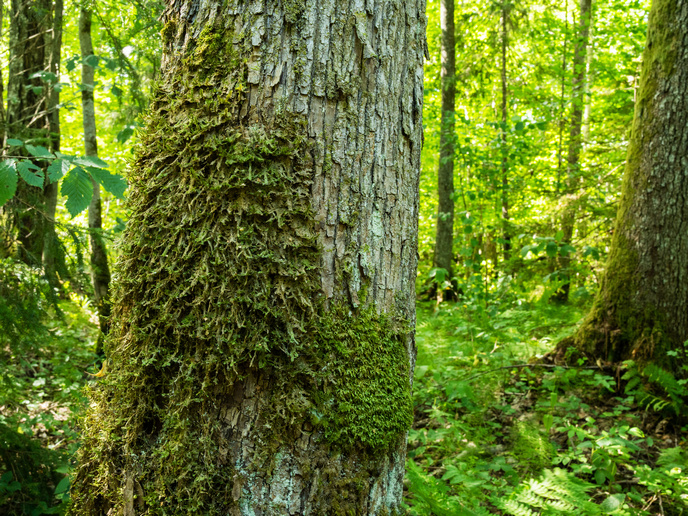Waiting and watching as our old forests disappear
A recent commentary published in the journal ‘Science’ has sounded the alarm on Europe’s worrying loss of old-growth forests. Authored by a research team partly supported by the EU-funded SUPERB project, the article reveals that this decline continues despite EU protection commitments made in the Biodiversity Strategy for 2030. One reason is indecisiveness on the part of stakeholders and policymakers who, going on 3 years after the strategy was adopted, are still contemplating definitions and legislative mechanisms, according to the article. Another issue raised is the non-binding and non-prescriptive nature of the European Commission’s recent guidelines to map and protect old-growth forests by the end of 2029.
Urgent action needed
Meanwhile, these forests are being logged before they can be identified and protected. At the rate at which Sweden’s boreal old-growth forests are being cut, they could completely disappear in 50 years’ time. In Romania, 90 % of the 738 000 hectares of old-growth forests lack strict protection, allowing logging to continue unabated. Why is this so concerning? “These forests are critical for biodiversity conservation; many endangered species depend on them, including wolves, lynx and bears, and a myriad of beetles and fungi,” explains lead author Dr Martin Mikoláš from SUPERB project partner Czech University of Life Sciences Prague in a news item posted on the SUPERB website. “They also store vast amounts of carbon, so they offer a natural solution against climate change. Despite their importance, we are currently failing to protect this natural heritage. Urgent action is required to better protect old-growth forests before it is too late.” Co-author Prof. Bart Muys from SUPERB project partner KU Leuven, Belgium, remarks: “The objective of the EU Biodiversity Strategy 2030 to strictly conserve all old-growth and primary forests in [the] EU should not lead to conflicts with forests that are managed in the long term through well-defined, biodiversity-oriented, close to nature forest management with only minor interventions, such as selection forests (Plenterwälder, forêts jardinées) in the Pre-Alps, or oak forests with long rotation cycles in European lowlands, as old-growth forests are characterized by not being actively managed for a long period of time. However, non-intervention management of these forest stands, which preserves at least a portion of these forests, should be encouraged to realize their full ecological potential in exchange for compensation for providing ecosystem functions to society in lieu of timber harvesting.” The article highlights the need for EU action in the following ways: implementing a logging moratorium on areas with old-growth forests; providing resources to detect these forests; making EU Member States include their protection in their national strategies; and providing the necessary financial tools for their effective protection. The SUPERB (Systemic solutions for upscaling of urgent ecosystem restoration for forest related biodiversity and ecosystem services) project is coordinated by the European Forest Institute, Finland. The project ends in 2025. For more information, please see: SUPERB project website
Keywords
SUPERB, forest, old-growth forest, biodiversity, Biodiversity Strategy, ecosystem



